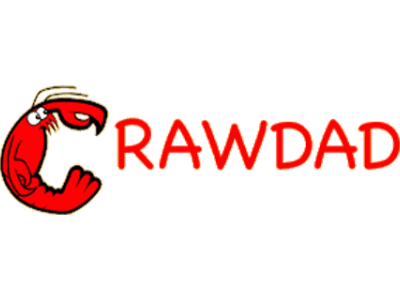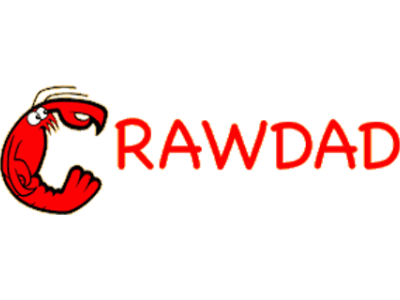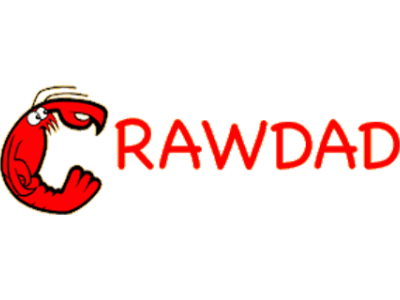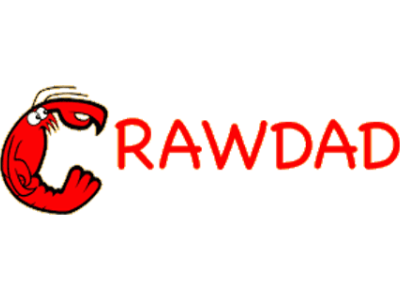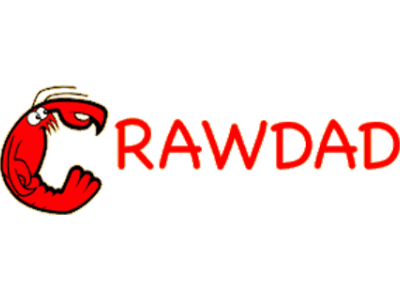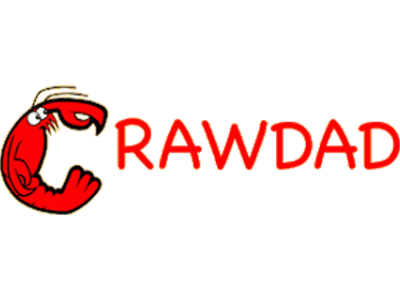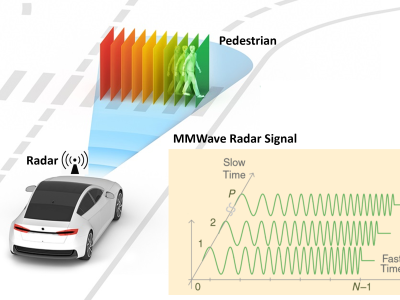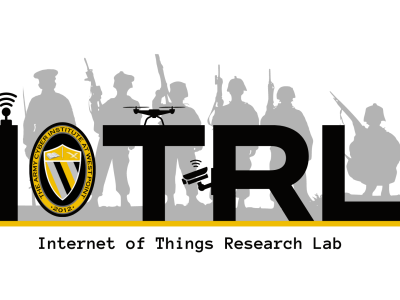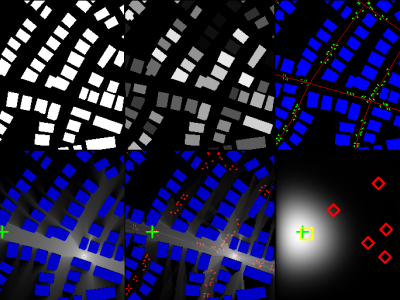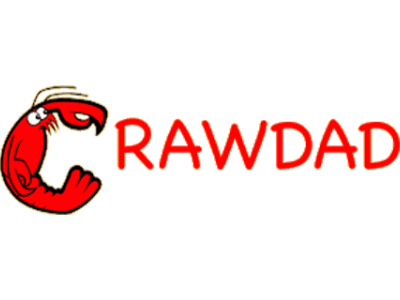CRAWDAD OWL-InIT

- Citation Author(s):
-
Malte Schmidt (Institut fur industrielle Informationstechnik (inIT) der Hochschule)Dimitri Block (Institut fur industrielle Informationstechnik (inIT) der Hochschule)Uwe Meier (Institut fur industrielle Informationstechnik (inIT) der Hochschule)
- Submitted by:
- CRAWDAD Team
- Last updated:
- DOI:
- 10.15783/c7-zn22-9y94
- Data Format:
 402 views
402 views
- Categories:
Abstract
Traces of various radio signal standards
Dataset of traces of IEEE 802.11b/g, IEEE 802.15.4 and Bluetooth packet transmissions with varying SNRs in the baseband. Note: Python 2.7 is required to load the dataset. Additionally, different frequency offsets were added in the baseband to reflect different channels of the wireless technologies.
date/time of measurement start: 2016-08-22
date/time of measurement end: 2016-08-22
collection environment: We have recorded three different wireless technologies. The goal was to create a data set in order to train and validate artificial neural networks which can classify wireless interferences.
network configuration: The measurement recordings are intentionally limited in their complexity and variation, with the aim of designing a first well-functioning prototype of a pattern recognition system. As the number of traces increases, the complexity of the measurement recordings also increases. The detailed network configuration is described in the individual traces.
data collection methodology: The data was generated with the vector signal generator (VSG) SMBV100A by Rohde and Schwarz and recorded with Tektronix's RSA6114A real-time spectrum analyzer (RSA). The payload was random. Varying SNRs and a frequency shift in the baseband were added in a SIMULINK model afterwards.
limitation: For different frequency offsets the same records were used, meaning that the symbol stream repeats for different frequency offsets.
Traceset
emissions-single-label
Measurements of IEEE 802.11b/g, IEEE 802.15.4 and Bluetooth emissions
- file: owl-interference.tar.gz
- description: In order to minimize channel influences, we have connected transmitter and receiver with a coaxial cable. At the same time, only one wireless technology is active. Later, a frequency offset was added to reflect different channels of the wireless technologies. Additionally, white noise was added to the data during post processing.
- measurement purpose: Network Diagnosis, Usage Characterization, Network Security, Opportunistic Connectivity
- methodology: The measurements are recorded with a real-time spectrum analyzer (RTSA) with a sampling rate of 50 MHz and receive filter bandwidth of 40 MHz. Then, they were resampled to a sampling rate of 10 MHz. The transmission power of the vector signal generator (VSG) has been set to -30dBm. The final resulting start and stop frequencies are 2421.5 MHz and 2431.5 MHz (center frequency of 2426.5 MHz). RSA and VSG used a synchronized oscillator.
emissions-single-label Trace
M1: Single label data with three wireless technologies
- file: WirelessInterferenceIdentificationDataset.tar.zip
- format: The data were stored in pickle files. The data structure is a 5-dimensional tensor of the following structure: 15 x 21 x 715 x 128 x 2 - tensor Label x SNR x Snapshot x Samples x iq Label: 0..9: Bluetooth channel with center frequency of 2422 MHz Label * 1 MHz 10..12: IEEE802.11b/g channel with center frequency of 2422 MHz (Label-10) * 5 MHz 13..14: IEEE802.15.4 channel with center frequency of 2425 MHz (Label-13) * 5 MHz SNR: 0..20: SNR between -20 dB...20 dB with the step size of 2 dB, (e.g. index 6 referres to SNR of -8 dB). Snapshot: 0..714: Number of the snapshots per Label Samples: 0..127: Sample number per snapshot iq: 0: In-Phase 1: Quadrature The data can be unpickled in Python with the following lines: import cPickle with open(path_to_file, 'rb') as fo: data = cPickle.load(fo)
Instructions:
The files in this directory are a CRAWDAD dataset hosted by IEEE DataPort.
About CRAWDAD: the Community Resource for Archiving Wireless Data At Dartmouth is a data resource for the research community interested in wireless networks and mobile computing.
CRAWDAD was founded at Dartmouth College in 2004, led by Tristan Henderson, David Kotz, and Chris McDonald. CRAWDAD datasets are hosted by IEEE DataPort as of November 2022.
Note: Please use the Data in an ethical and responsible way with the aim of doing no harm to any person or entity for the benefit of society at large. Please respect the privacy of any human subjects whose wireless-network activity is captured by the Data and comply with all applicable laws, including without limitation such applicable laws pertaining to the protection of personal information, security of data, and data breaches. Please do not apply, adapt or develop algorithms for the extraction of the true identity of users and other information of a personal nature, which might constitute personally identifiable information or protected health information under any such applicable laws. Do not publish or otherwise disclose to any other person or entity any information that constitutes personally identifiable information or protected health information under any such applicable laws derived from the Data through manual or automated techniques.
Please acknowledge the source of the Data in any publications or presentations reporting use of this Data.
Citation:
Malte Schmidt, Dimitri Block, Uwe Meier, owl/interference, https://doi.org/10.15783/c7-zn22-9y94 , Date: 20190212


